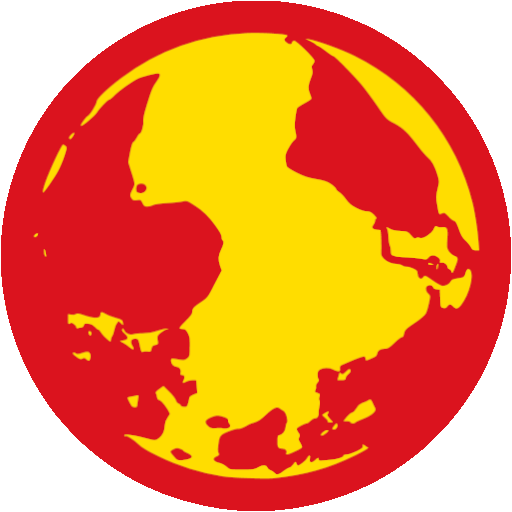“A decrease in military aid only prolongs this war and costs Ukrainian lives”
Wait, What???
“A decrease in military aid only prolongs this war and costs Ukrainian lives”
Wait, What???


Wait, is that what the graph is showing? From what I understood the y is the total of the us sanctions, so the bigger the bar there the more sanctioned a country is presently, and even though I can’t see an actual number the better Korea does seen to have the biggest bar in the end.
Now that I looked at it once again, it seems the position on the graph is based by when the sanctions began, which is why Russia is so high because they only started in the 90s while China has had then since the 40s.
Pretty messy graph overall.


Man, that’s so sad…
I’ve been listening to 2000s electronic lately, mostly Boards of Canada’s “Geogaddi” and “Campfire Headphase” and sometimes The Unicorns’ “Who Will Cut Our Hair”
Edit: I don’t know how I forgot this, but “The Fire This Time” is an audio documentary about the us intervention in the Middle East that fans of IDM should definitely listen to.
I don’t think it’s correct to call them a fascist band.
They disbanded in 98 and the allegations against Stza are from the 2010s, the fact that a single member became a POS over a decade later doesn’t determine what the band is a whole.
Idk, I fell that saying that is like saying that “I Want To Hold Your Hand” is leftist only because John Lennon became one years latter.
Hell yeah, those ska-punk albums are great. I always find it funny that the first time I ever heard parenti was in a choking victim album.
I fell we have lost ourselves in the analysis of the situation and therefore need to take a step back, return to the basics and as MLs remember to use diamat to try and see the big picture.
Since the fall of the USSR in the 90s, the principle contradiction in global economics has been the Us-China one. And for most of this period the Us has been the leading aspect of that contradiction, as it already started as a imperialist potency while China was still in the middle of its poverty alleviation plan, but since the 2008 crisis China has begun a process of reducing its dependence on western economics and preparing itself to take the place of the main aspect in the future.
And in my opinion ever since COVID and the consequences of how each country handled it, China has taken the leading role in that contradiction and consequently it is now what defines the nature of world economics, which is why we are seeing so many changes in geo-politics recently, both from China trying to assert its position with the de-dollarisation of global trade and the increase of allied countries with BRICS, and from the Us reaction with the Ukraine war and now with the government trying to re-invest in its own industry.
Without discussing the important aspect of imperialism and whether or not the Us still has the infrastructure to produce goods at a competitive price with China, the main focus of my comment is to bring attention to the fact that this is all part of a ongoing process with both sides struggling for the leading role in the global economy contradiction. So even tough saying that the Us is collapsing or they are powerless is hopelessly unmaterialistic, we should exalt the fact that China is becoming the principle aspect and that process is only going to keep changing, in both quantitative and qualitative ways, until the Us has no more place in the global economic contradiction.